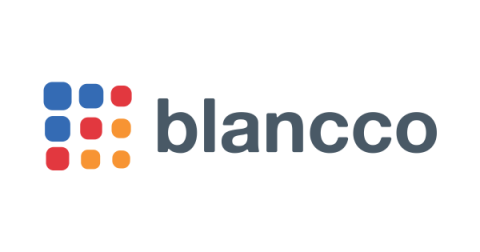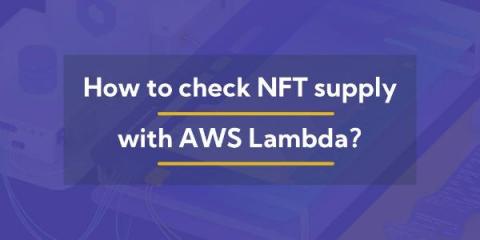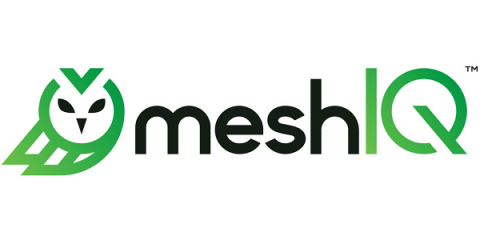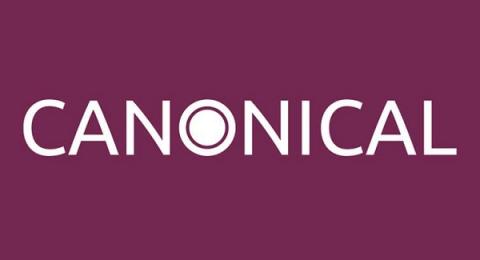Operations | Monitoring | ITSM | DevOps | Cloud
Latest News
5 Myths About Cloud Cost Optimization Every SaaS Company Should Know
How to Quickly Identify Performance Issues in Azure SQL Database
How to avoid spiraling up Azure Subscription costs?
Google Cloud announces new Spot VMs, partners with Spot by NetApp
Google Cloud has announced a public preview of their new Spot VMs, and is partnering with Spot by NetApp to help users benefit from the cloud provider’s excess compute capacity. Spot VMs will enhance Google’s current offering of spare capacity, Preemptible VMs, and will give customers even more savings with fewer restrictions. Paired with Spot by NetApp, users will have cost-efficient, automated and optimized cloud infrastructure.
Why Hybrid, Multi-Cloud Visibility Is Everybody's Problem
When you have workloads running in a hybrid, multi-cloud environment, it’s hard to get a unified view of your entire infrastructure. In fact, Virtana’s recently published State of Hybrid Cloud and FinOps survey reveals that only 36% of respondents said they have comprehensive, unified visibility and management capabilities across all their public clouds, leaving more than two-thirds (68%) with less-than-ideal conditions for managing their multi-cloud infrastructure.
How to check NFT supply with AWS Lambda?
Non-Fungible Tokens, or short NFTs, are all the rage right now. Everyone and their pets are starting an NFT project. Some people got rich from using NFTs; others did not. Some say it’s the savior that will rip the power away from big corporations and give it back to the creators; others say it’s just a giant pyramid scheme.
The benefits of hybrid cloud for financial institutions
Financial institutions and their service providers have traditionally owned and run their technology infrastructure on their own premises or in their own data centres. However, that’s changing with the advent of powerful public cloud services, such as Amazon Web Services, Google Cloud and Microsoft Azure.
Configuration, Access, and Connection to GCP CloudSQL for PostgreSQL
Provisioning bare metal Kubernetes clusters with Spectro Cloud and MAAS
Bare metal Kubernetes (K8s) is now easier than ever. Spectro Cloud has recently posted an article about integrating Kubernetes with MAAS (Metal-as-a-Service. In the article, they describe how they have created a provider for the Kubernetes Cluster API for Canonical MAAS (Metal-as-a-Service). This blog describes briefly the benefits of bare metal K8s, the challenges it presents, and how the work by Saad Malik and the team from Spectro Cloud solves those challenges.











